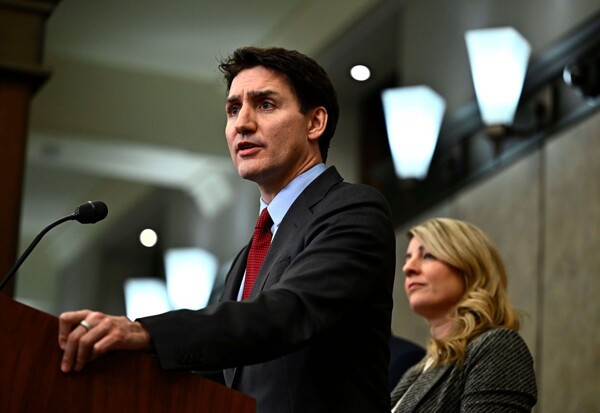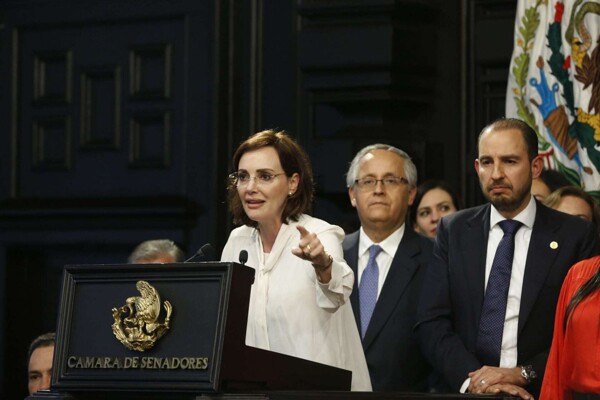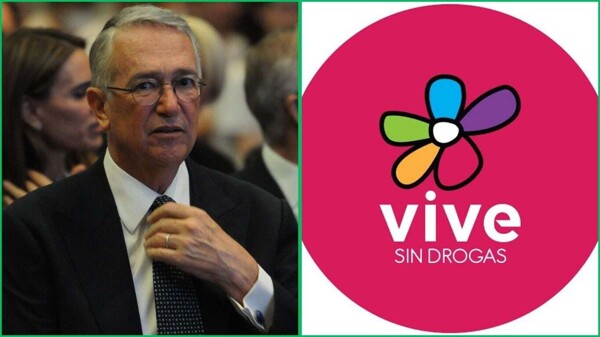
Trump's mandate will continue for at least four more years, forcing Mexico to develop strategies to reduce the pressure points it can use in future negotiations. Strengthening an internal strategy that gathers support instead of generating divisions is key. Early Wednesday morning, the exchange rate touched a low of 20.20 pesos per dollar. However, yesterday morning the dollar recorded a sharp increase, rising 30 cents in just a few hours. Some market operators suggest that concerns about tariffs are intensifying as the deadline set by Trump approaches. If this is the case, and no clear signals of an agreement with his administration arise that rule out the imposition of tariffs in March, it is likely that exchange rate volatility will continue to increase in the coming days.
Today, meetings are taking place in Washington with a Mexican delegation led by Marcelo Ebrard and Omar García Harfuch. These conversations could provide clues about the political atmosphere in the U.S. capital. However, as in other instances, there are never certainties with Trump. Mexico arrives with solid evidence and arguments. The Secretary of Citizen Security will present figures on arrests, seizures, and the dismantling of clandestine labs, reaffirming cooperation with U.S. authorities. Meanwhile, the Secretary of Economy will present the advantages of bilateral trade, highlighting how the relationship with Mexico reduces inflationary pressures in the U.S. and the adverse effects that tariffs would have on its own economy.
Two possible responses from the U.S. government are contemplated. The exchange rate of the peso against the dollar has become a clear indicator of the uncertainty generated by both the external and local environment. Despite constant threats from Donald Trump regarding the imposition of tariffs, in February the parity remained between 20.30 and 20.60 pesos, with minor fluctuations. Trump could decide to postpone the imposition of tariffs until April, awaiting the report from the Secretary of Commerce, Howard Lutnick, on the U.S.'s global trade relations.
This effort should be reinforced in public communication spaces, such as morning conferences. To avoid losing credibility after repeated threats, Trump might be forced to apply selective tariffs, maintaining pressure on certain sectors. Furthermore, the threat is not limited to tariffs. There is a possibility that an attempt will be made to expedite the review of the USMCA. The trade agreement stipulated that working groups and consultations would start this year, with the review scheduled for 2026. However, in November of that year, midterm elections will be held in the U.S., which have historically been unfavorable for the party in power. To avoid the risk of Democrats regaining a majority in the House of Representatives, Trump may accelerate the review of the USMCA and seek its approval before the elections.














